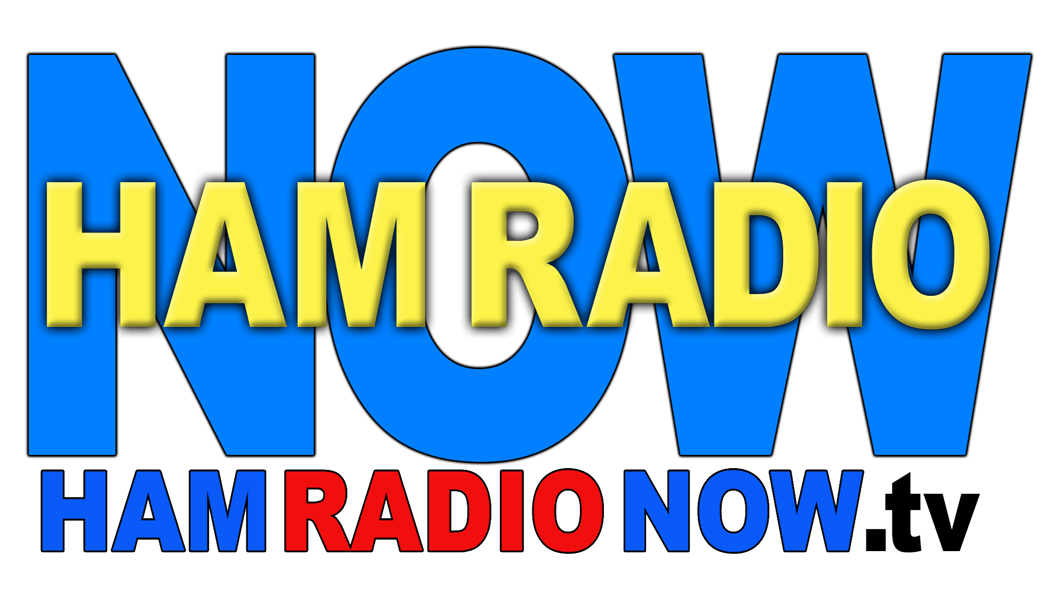HRN 369: Eclipse Wideband RF Project - 2017 DCC
/Skip the intro - FF to 5:14 (but think about clicking the Pig).
Full title: How to Fill a Terabyte Disk: Using SDR in the HamSCI Solar Eclipse Experiment
Count on John Ackermann N8UR to put a TAPR spin on the HamSCI experiment. John combined his ultra-accurate time/frequency skills with the TAPR/HPSDR radios to generate a lot of information from the Eclipse QSO Party and WWV observations. All from a little island in Lake Michigan.
Radio Rating: C. You'll miss the data in the charts. So not an F, but watch the video if you can.





